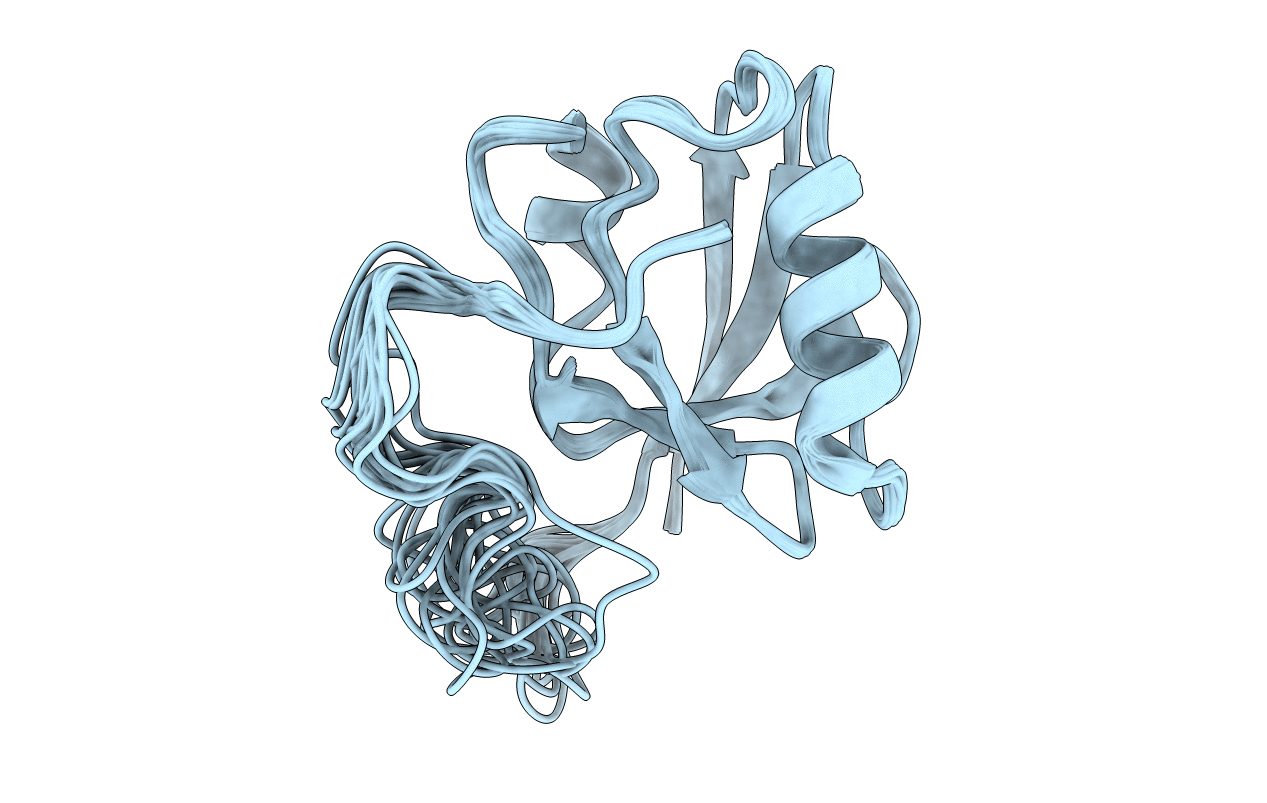
Deposition Date
2011-03-08
Release Date
2011-11-30
Last Version Date
2024-05-29
Entry Detail
PDB ID:
2LA8
Keywords:
Title:
Solution structure of INAD PDZ5 complexed with Kon-tiki peptide
Biological Source:
Source Organism:
Drosophila melanogaster (Taxon ID: 7227)
Host Organism:
Method Details:
Experimental Method:
Conformers Calculated:
200
Conformers Submitted:
20
Selection Criteria:
structures with the lowest energy


